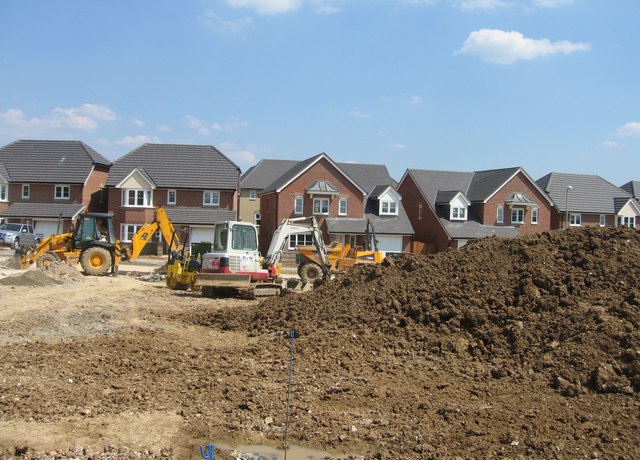Environmental issues have for a long time now been an important factor when it comes to building new houses. It makes sense that new houses, in particular, are constructed from materials that are sustainable and also that once built the houses are as energy efficient as is possible.

In January 2017, Theresa May pledged to build thousands of new homes for young first-time buyers and while many would argue that this is a positive step and one that could help solve Britain’s chronic housing shortage, the way these properties are built and from what materials must also be brought into the question.
“Why are Britain’s new homes built so badly?”
Two months after May’s announcement about building thousands of new houses, the Guardian ran a story titled “Why are Britain’s new homes built so badly?” and the first sentence read “Weak mortar, faulty drainage, unfinished fittings … for many buyers of newly built properties in Britain, their dream home quickly turns into a nightmare.”
The article went on to explain that “More than half of buyers of new-build homes in England have had major problems and some of the reasons for this – focusing mainly on the way the industry is regulated.
But what of the types of materials that are being used to construct new homes and their wider green credentials? The article didn’t cover these issues, only to say that on mainland Europe regulations are much “stiffer”.
Traditional Methods or Future Liability?
Many residential developers, still use the same insulation materials that have been around for decades. These materials are made from petrochemicals including fiberglass and polyurethane foam which are not environmentally friendly in any way, don’t perform as well as natural materials, but are of course cheap to buy and install.
Has the time now come where these methods are seen as a liability? Countries across Europe, such as Germany have legislation that calls for new homes to be much more sustainable than the rules the UK has in place.
A Better Constructed Future
Recently, it was announced that Kevin McCloud, presenter of Grand Designs and himself a property developer, wants to build “hundreds of eco-friendly and sustainable homes in Swansea.”
Surely, this is the attitude the British government and building industry should be adopting? Well, some are, Insulation Giant are one of the companies that can provide builders with modern eco materials with which to construct new homes and that are quicker to use.
Eco friendly insulation that is high performing, is one way in which builders and property developers can help green stamp the properties they build. Sheeps wool is just one of the materials that is being championed in the eco build world, but there are numerous options from which the industry can choose.
Furthermore, embracing new methods of construction may mean that homes can be built quicker. Many eco homes are made up of prefabricated panels that are easy to put together. Also, because they are pre-made in a factory to specific specifications, it is less likely that there will be problems on-site when the components are being assembled.
Perhaps Mrs May, when considering how the Government will go about building thousands of new homes for first time buyers, should consider not only the numbers involved and the cost, but also the long term implications.
If the government can offer incentives to those companies who can provide not only high quality housing, but also environmentally friendly accommodation that is constructed using sustainable materials then her plan may be seen as more progressive. And in doing so she may also nurture an environment within the construction industry that takes a more responsible approach to environmental issues on a more holistic level.